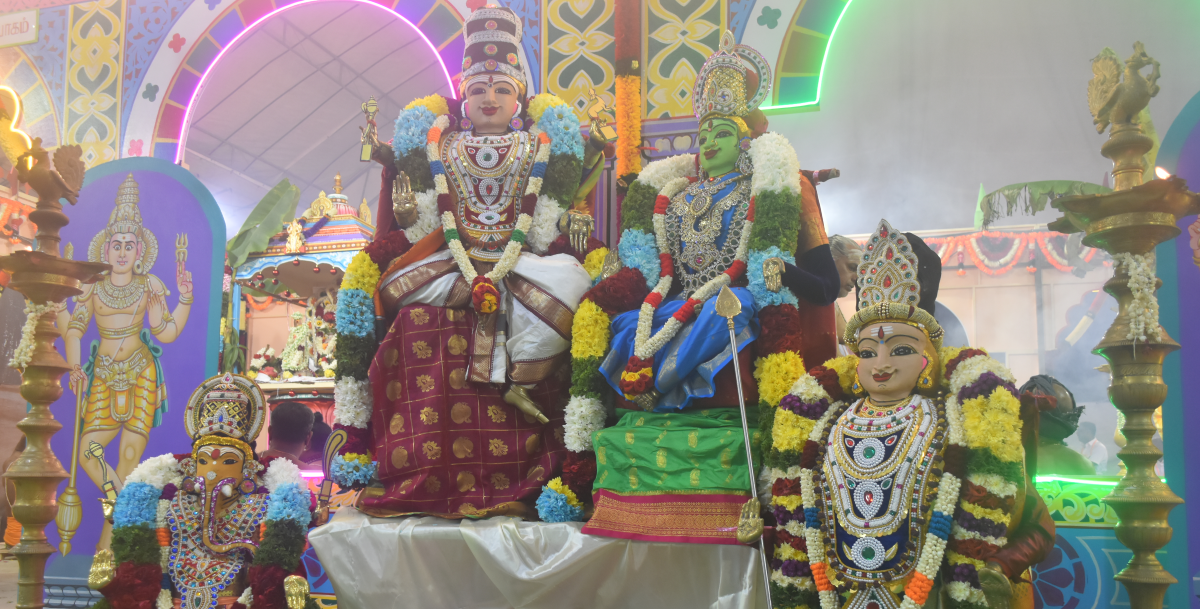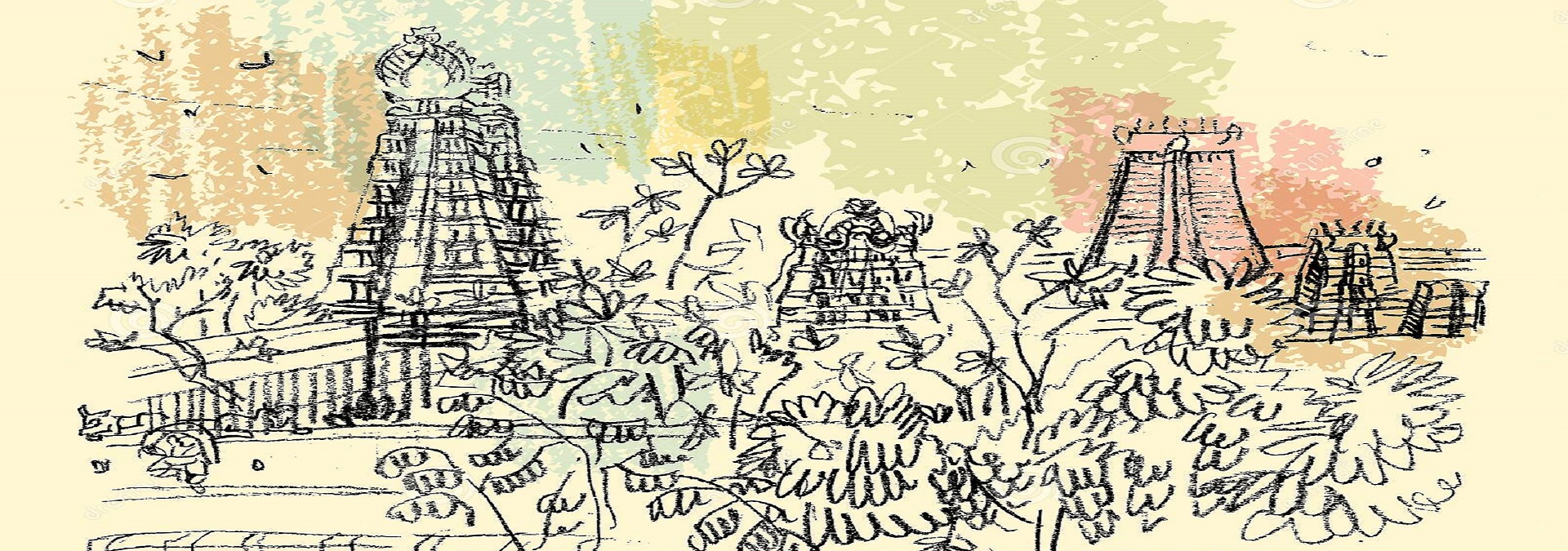
Hinduism
Hinduism, one of the oldest in this world is known more as a way of life than as a religion. It is also the principal faith of the people of India. Hinduism differs from other religions in the fact that it does not have a single founder, a specific theological system, a single system of morality, or a central religious organization. It consists of thousands of different religious groups that have evolved in India since 3000 BC.
Hinduism has grown to become one of the world’s largest religions. It claims about 762 million followers – 13% of the world’s population. It is the dominant religion in India, Nepal, and among the Tamils in Sri Lanka. Hinduism is referred to as Santana Dharma, the eternal faith. Hinduism is not strictly a religion. It is based on the practice of Dharma, the code of life. Since Hinduism has no founder, anyone who practices Dharma can call himself a Hindu. He can question the authority of any scripture, or even the existence of the Divine.
While religion means to bind, Dharma means to hold. What man holds on to is inner law, which leads from ignorance to Truth. Though reading of the scriptures (shastras) would not directly lead you to self-realization, the teachings of the seers provide a basis and a path for spirituality. Despite being the oldest religion, the truth realized by the seers prove that the Truth and path provided by Hinduism is beyond time.
Sacred Texts
Hinduism, one of the oldest in this world is known more as a way of life than as a religion. It is also the principal faith of the people of India. Hinduism differs from other religions in the fact that it does not have a single founder, a specific theological system, a single system of morality, or a central religious organization. It consists of thousands of different religious groups that have evolved in India since 3000 BC.
Hinduism has grown to become one of the world’s largest religions. It claims about 762 million followers – 13% of the world’s population. It is the dominant religion in India, Nepal, and among the Tamils in Sri Lanka. Hinduism is referred to as Santana Dharma, the eternal faith. Hinduism is not strictly a religion. It is based on the practice of Dharma, the code of life. Since Hinduism has no founder, anyone who practices Dharma can call himself a Hindu. He can question the authority of any scripture, or even the existence of the Divine.
While religion means to bind, Dharma means to hold. What man holds on to is inner law, which leads from ignorance to Truth. Though reading of the scriptures (shastras) would not directly lead you to self-realization, the teachings of the seers provide a basis and a path for spirituality. Despite being the oldest religion, the truth realized by the seers prove that the Truth and path provided by Hinduism is beyond time.
Hindu beliefs and practices
Hinduism has commonly been viewed in the west as a polytheistic religion – one that worships multiple deities: gods and goddesses. Some have viewed it as a monotheistic religion, because it recognizes only one supreme God. The entire universe is seen as one divine entity who is simultaneously at one with the universe and who transcends it as well. Some view Hinduism as Trinitarian because Brahman is simultaneously visualized as a triad:
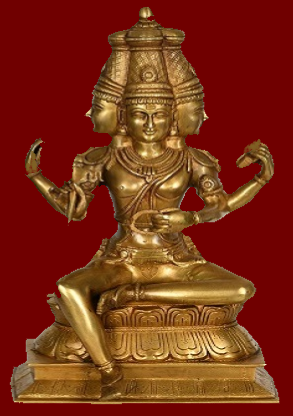
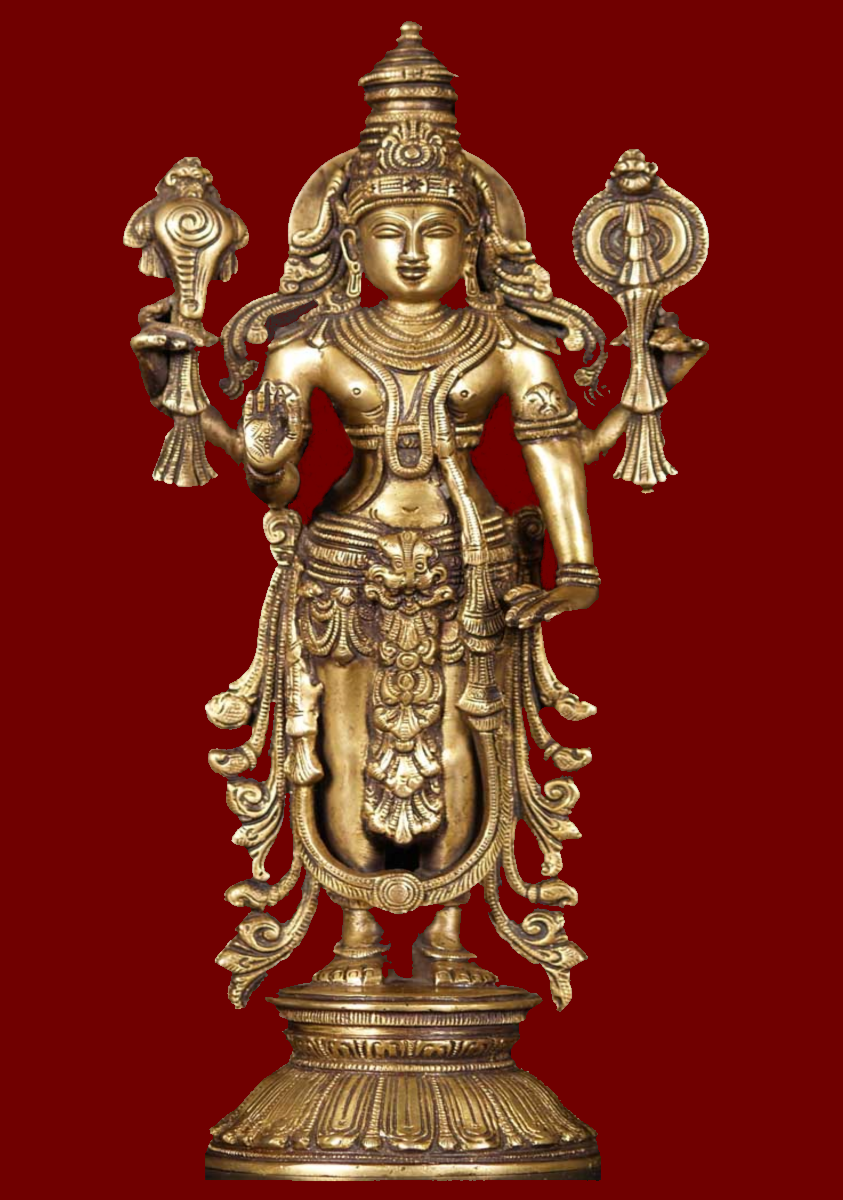
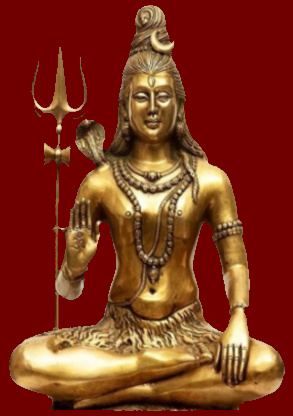
As seen in the Hinduism section, the trinity gods are Lord Brahma, Vishnu and Shiva. Brahma is not worshipped and there are very few temples in his honor due to ‘mythological’ reasons. Vishnu (and the incarnations of Him, Rama and Krishna), Shiva (and his various forms), their wives, are the most popular with numerous temples and followers. The wives of Brahma, Vishnu, and Shiva are Saraswati, Lakshmi, and Parvati, respectively. Collectively, they are sometimes referred to as Divine mother (or Shakti). Two of Parvati’s fierce but very powerful forms are Durga and Kali. The ‘sons’ of Shiva, Ganesha and Kartikeya (or Murugan) are also widely worshipped.
However, many rural Hindus worship their own village goddess or an earth goddess. She is believed to rule over fertility and disease — and thus over life and death. The priesthood is less important in rural Hinduism: non-Brahmins and non-priests often carry out ritual and prayer there. One worshiping all the above deities with offerings of flowers, is referred to as Puja. It is conducted to an idol made of gold, silver, bronze or even clay. Those who cannot even afford, worship the Gods in paintings/pictures.
Before the puja, one bathes to signify the outer purification. Mantras and sthotras are recited for inner purification. Even a very simple puja employs flowers. What is the inner significance? Flowers smell. This is called vaasaana. Vaasaana is also another name for the imprints in the jiva, which constitute the flavor/smell of our personality, habits etc. Flowers are picked up with the right hand and then, the fingers are pointed downward so that the flowers fall at the feet of the idol. The five fingers signify the five senses. The senses, which are normally directed outward for pleasure and now pointed downward showing that they are surrendered at His/Her Feet. Usually, the flower is placed after uttering ‘namaH.’ While namaH means salutation, it is also a corrupt form of ‘na mama’ i.e not mine. Thus, when offering flowers, one says, ‘I am offering to you my senses, attributes, character but none of them are really mine. Everything is yours’. Thus, even a simple puja has a great spiritual meaning which escapes a casual observer.
There are numerous Hindu temples in India and there are around 23 in Singapore. Hinduism as practiced in Singapore today is mainly governed by the Dravidian concept of bhakti or devotion as devotees make offerings to the deities installed at the temples or to the portraits of gods at their homes. Rituals, recitation from Vedas and religious music are still a very important part of Hindu worship.
